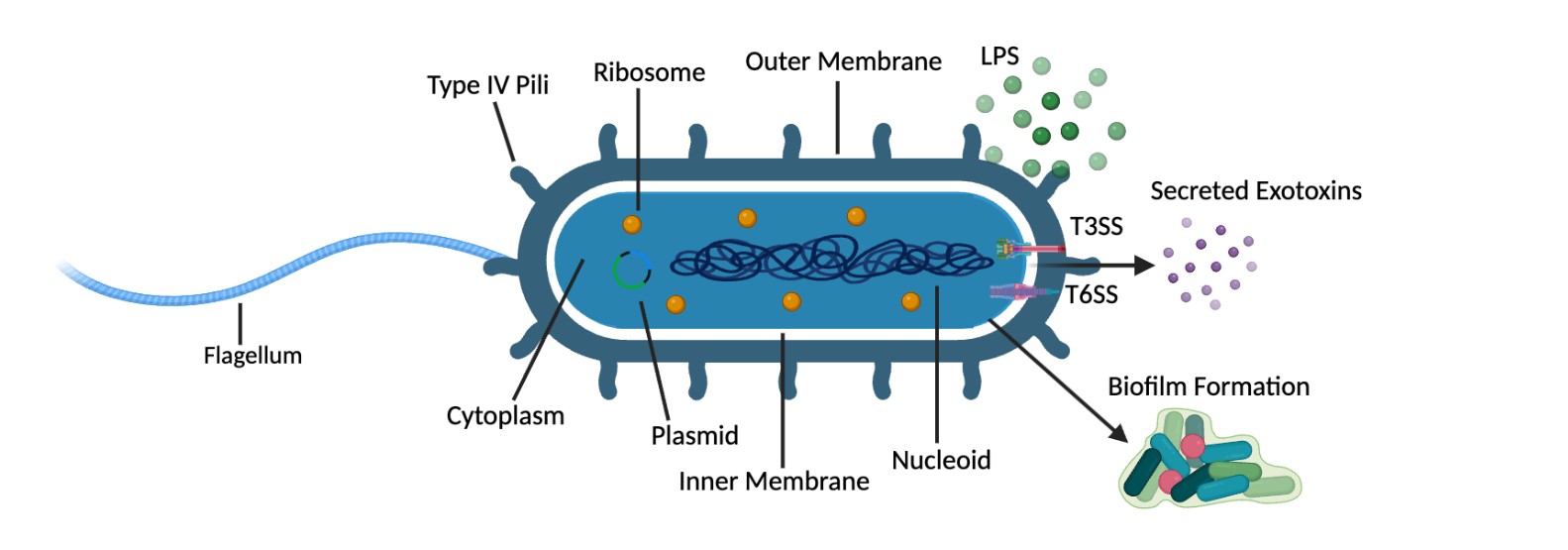Why in the News?
German researchers found that P. aeruginosa bacteria can switch a key gene (glpD) on or off, even though the bacteria are genetically identical — a survival trick called epigenetic bistability.

About Pseudomonas aeruginosa:
- Nature: Rod-shaped bacterium found in soil, water, and hospital environments.
- Pathogen Type: Opportunistic; infects mainly those with weakened immunity.
- Resistance: Forms biofilms (protective layers), making it highly resistant to antibiotics.
- Genetic Flexibility: Large genome (~6,000 genes) allows adaptation to diverse environments.
Impact on Humans:
- Hospital Infections: Leading cause of hospital-acquired infections.
- Vulnerable Groups: Burn patients, catheter users, cystic fibrosis patients.
- Diseases Caused: Keratitis (eye infection), urinary tract infections, pneumonia, bloodstream infections.
- Mortality: Strong antibiotic resistance makes treatment difficult, leading to high hospital deaths.
Recent Research Findings:
- Discovery: German researchers identified bistable expression of the glpD gene (active in some cells, inactive in others).
- Survival Advantage: This variability helps bacteria survive hostile conditions and trigger infections even from small populations.
- Experiments:
- Cells with glpD active were more lethal in moth larvae and mouse immune models.
- Cells without glpD showed reduced infection ability.
- Significance: On–off switching of glpD is a survival and infection strategy; targeting this mechanism may lead to new treatments for resistant infections.
| [UPSC 2010] Which bacterial strain, developed from natural isolated by genetic manipulations, can be used for treating oil spills?
Options: (a) Agrodbacterium (b) Clostridium (c) Nitrosomonas (d) Pseudomonas* |
Get an IAS/IPS ranker as your 1: 1 personal mentor for UPSC 2024

